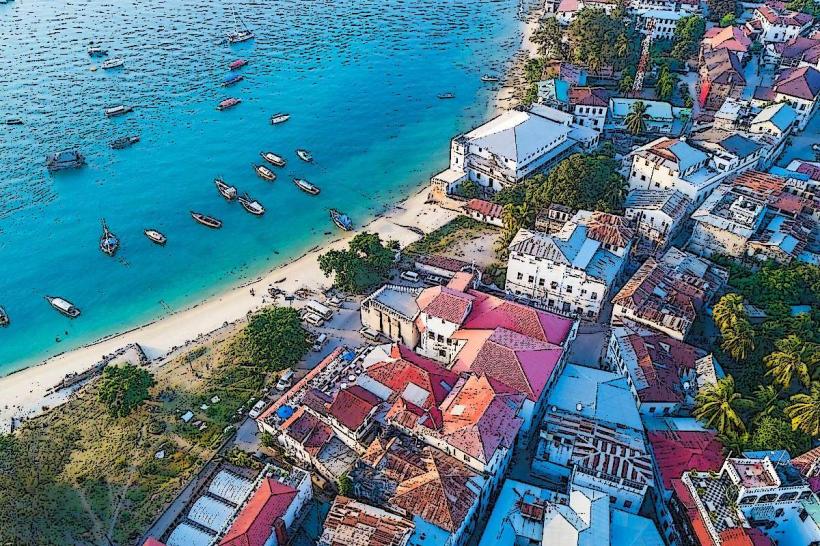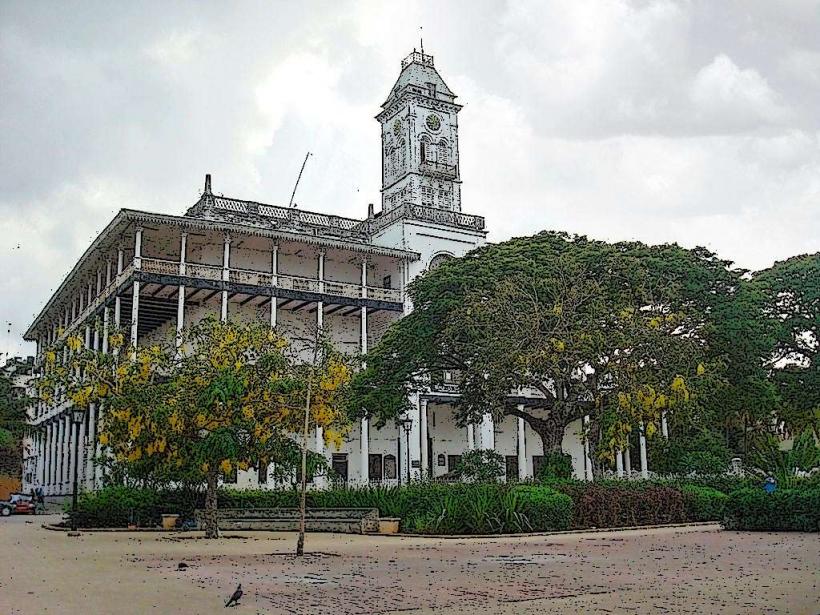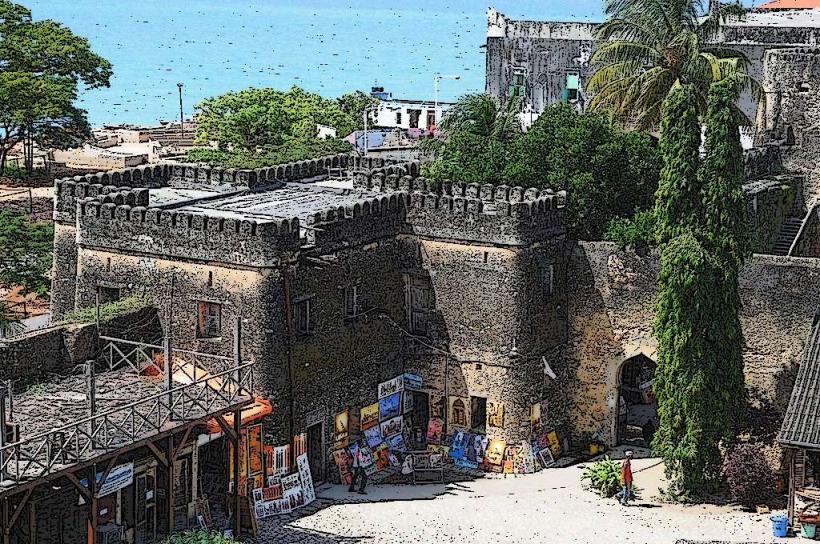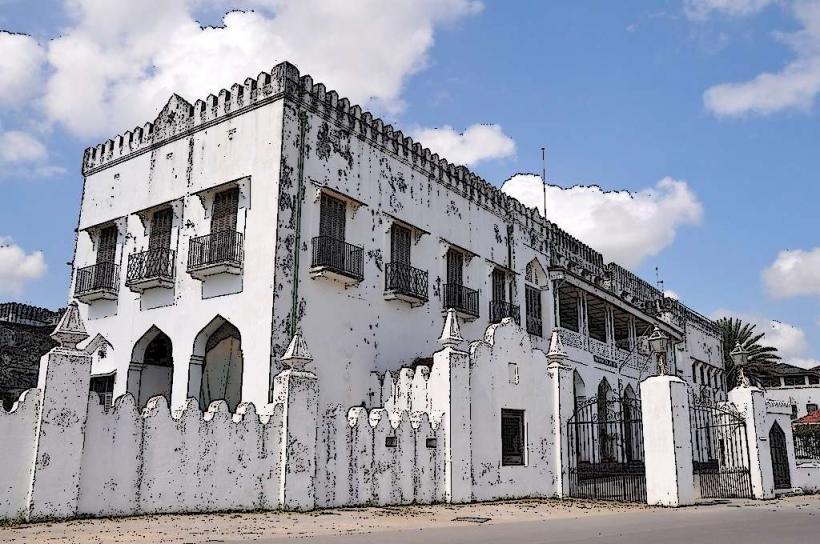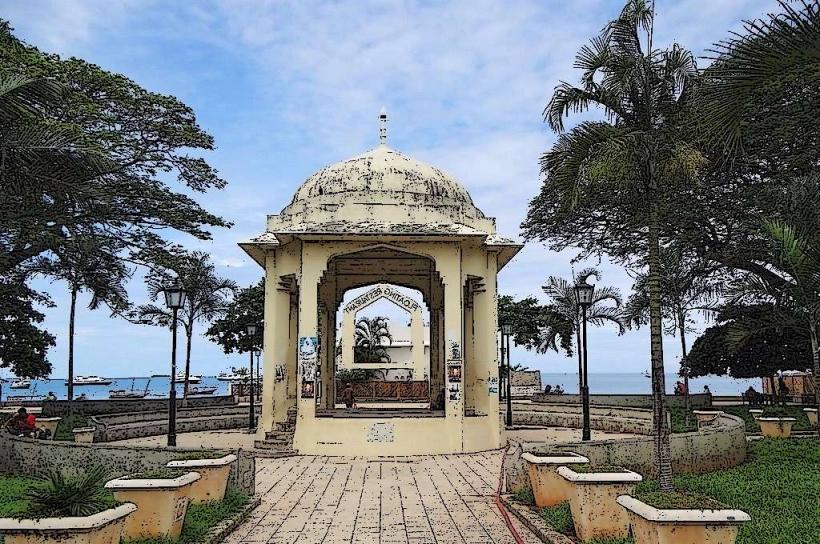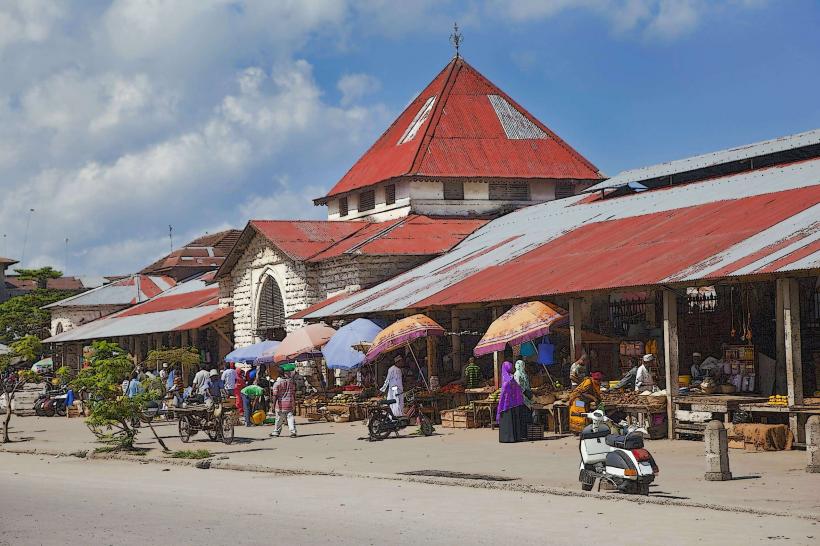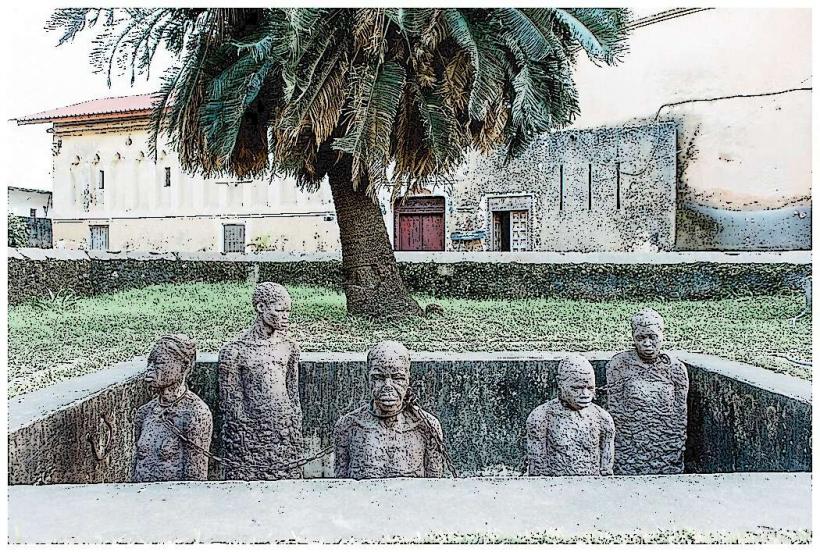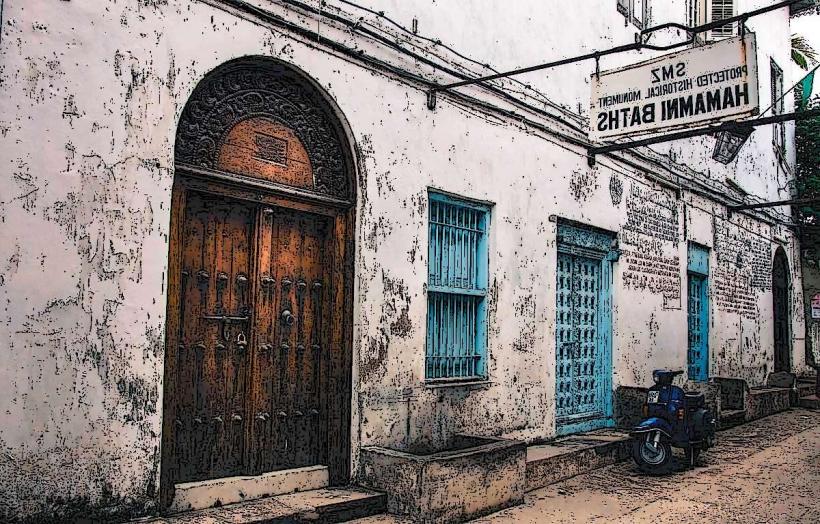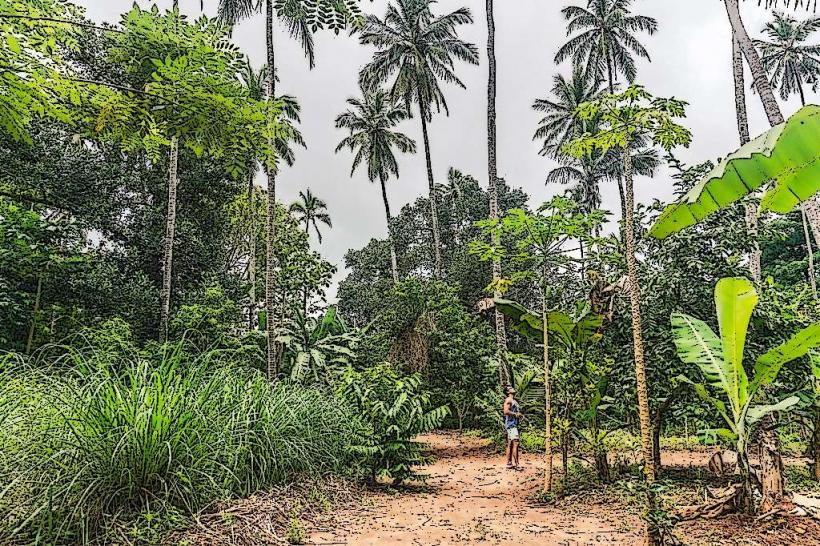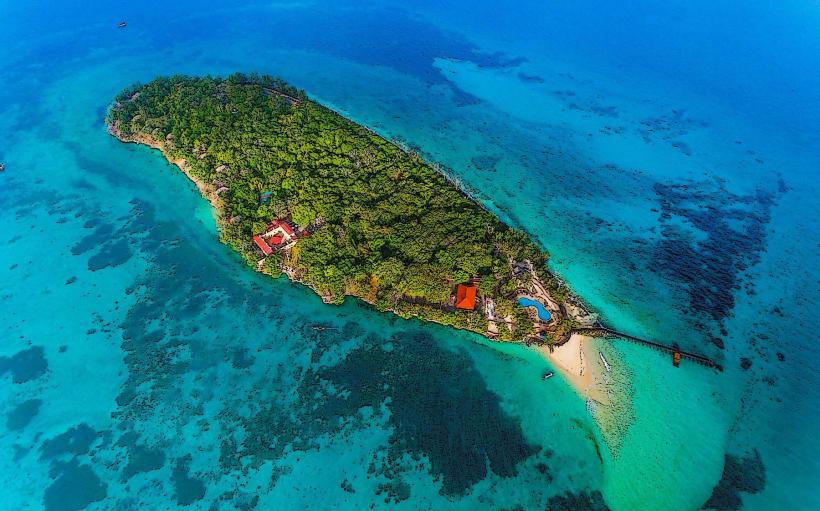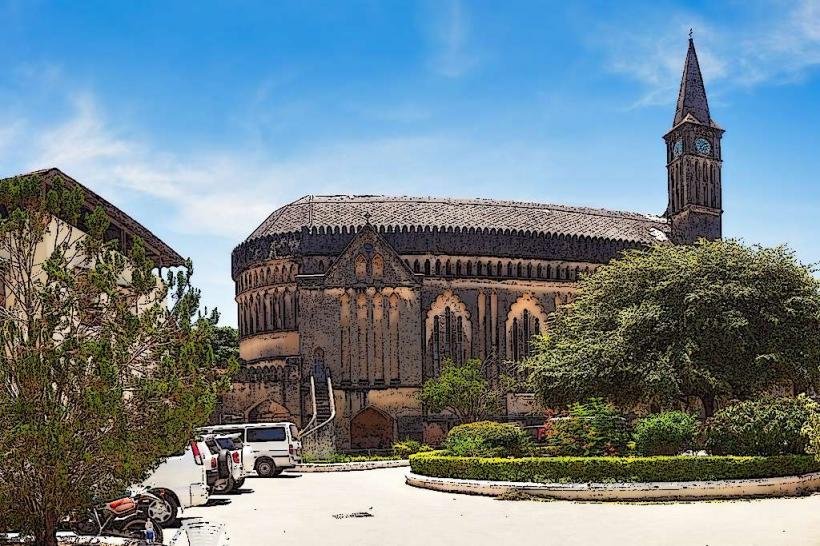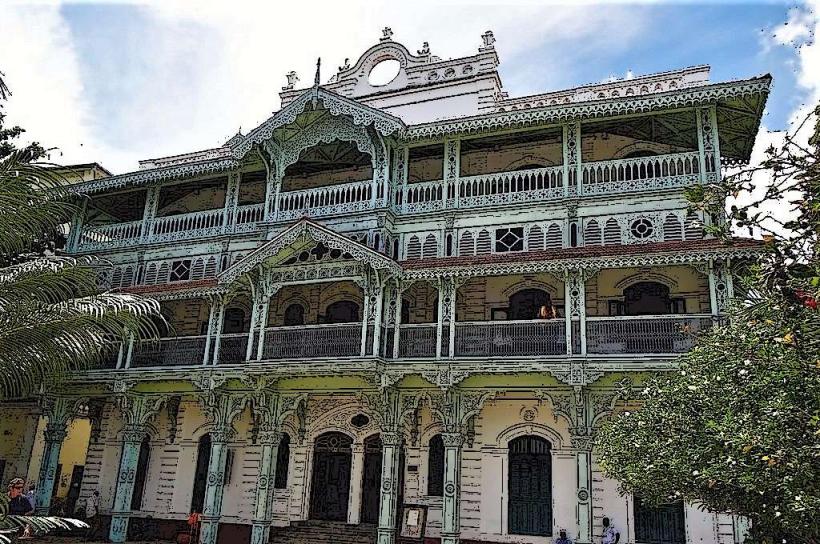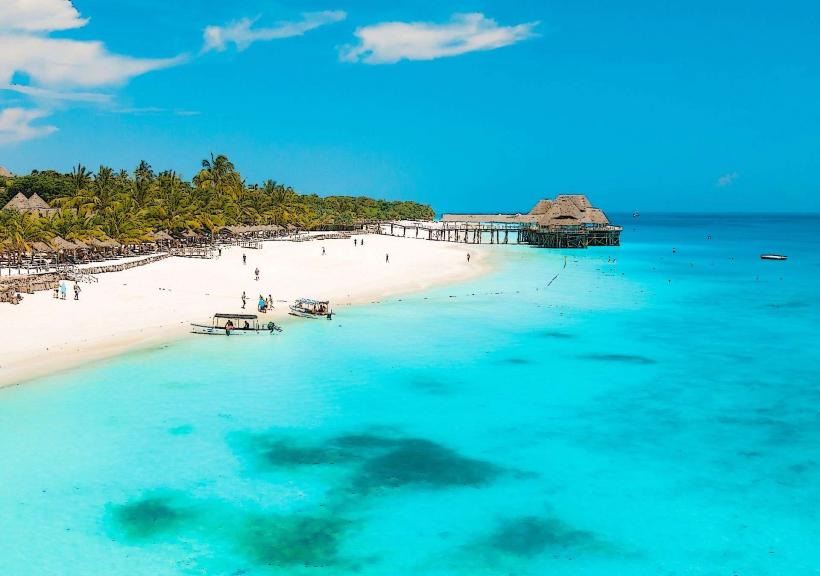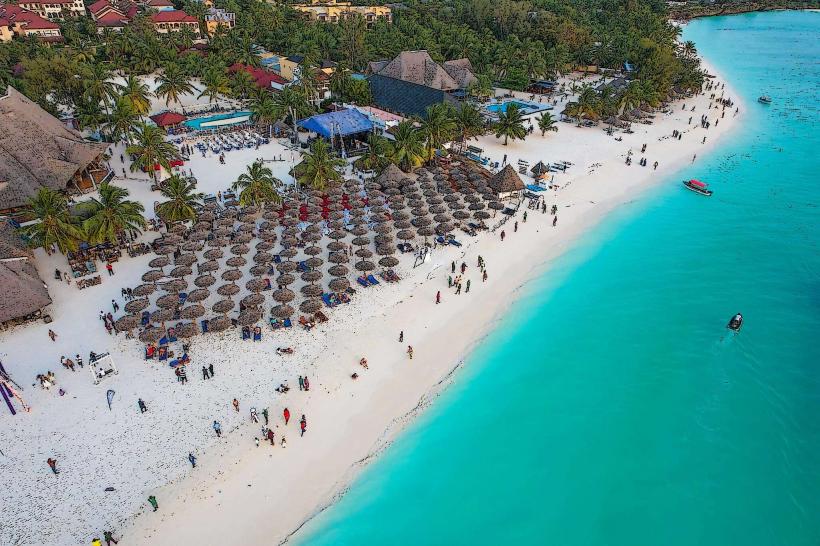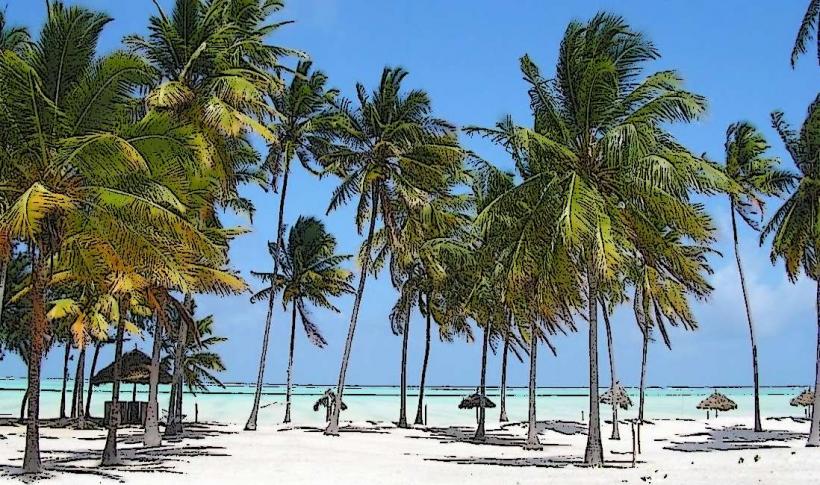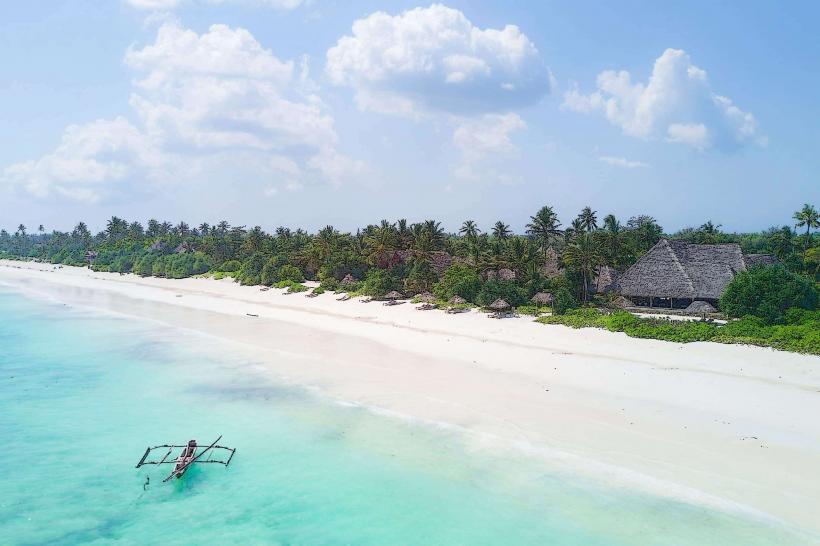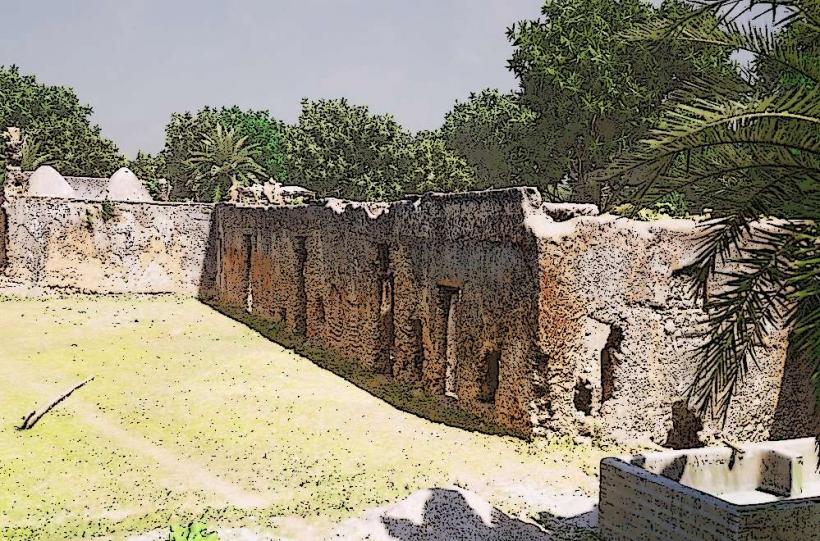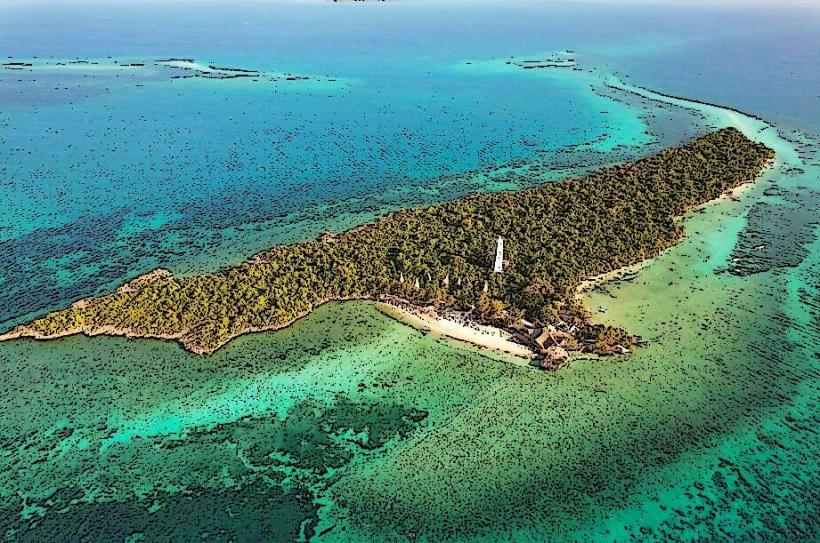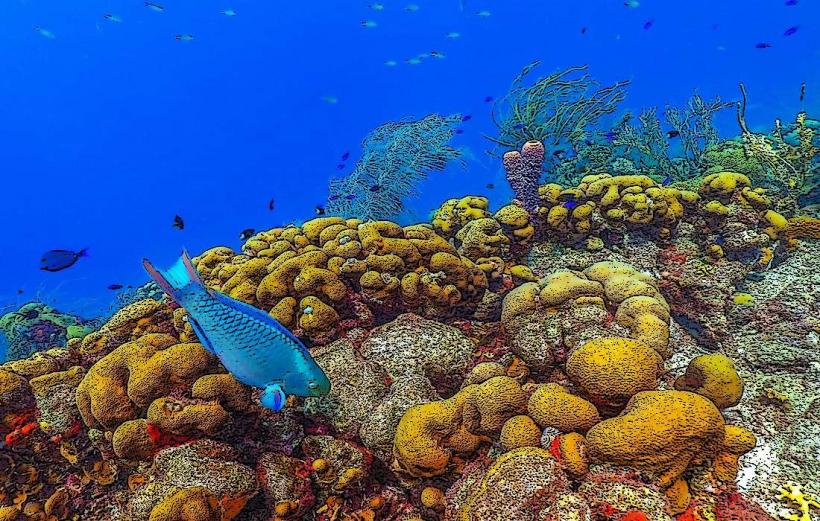Information
City: ZanzibarCountry: Tanzania
Continent: Africa
Zanzibar, Tanzania, Africa
Overview
Zanzibar is a chain of semi-autonomous islands off Tanzania’s coast, where turquoise waves from the Indian Ocean break against white sand, subsequently zanzibar, with its spice-scented streets, lively traditions, and sunlit beaches, has long drawn travelers, making it one of East Africa’s best-known destinations.The archipelago is made up of several islands, the biggest two being Unguja-known to most as Zanzibar Island-and Pemba, where white sand meets clear, warm water, equally important zanzibar City is the island’s capital, and at its heart lies Stone Town, a maze of narrow alleys and carved wooden doors recognized as a UNESCO World Heritage Site.As you can see, Zanzibar sits just 25 to 50 kilometers-about the length of a short ferry ride-off Tanzania’s eastern coast, at the same time the climate is tropical-fiery, sticky air clings to your skin-with heavy rains from March to May and a shorter burst of showers in November and December.Unguja is Zanzibar’s largest and busiest island, home to most of its tourists and storied landmarks, from the spice-scented alleys of Stone Town to its waterfront bazaars, equally important pemba, more rugged and less built up, draws visitors with its deep green hills and empty white-sand beaches, a peaceful counterpoint to Unguja’s bustle.Smaller islands such as Prison (Changuu) and Mnemba make popular day trips, equally important zanzibar’s long, layered history has shaped a cultural identity found nowhere else.For centuries, ships have passed through these islands, carrying spices, stories, and power, making them a vital crossroads for trade, culture, and politics in the Indian Ocean, on top of that for more than a thousand years, Zanzibar has drawn people from far shores-traders from the Arabian Peninsula, sailors from Persia, and merchants from India-bringing with them the scent of spices and the hum of distant markets.By the 10th century, the islands had grown into a bustling hub for spices, ivory, and slaves, the scent of cinnamon drifting through markets as Arab traders left their mark on local beliefs, customs, and carved stone buildings, simultaneously in the 16th century, the Portuguese seized Zanzibar, folding it into their push to control the spice-laden trade routes of the Indian Ocean.Their grip on the region was shaky, and by the late 1600s the Omani Arabs swept in, forcing the Portuguese to flee, in turn from the 1600s through the 1800s, the Omani Sultanate ruled Zanzibar, turning the islands into a bustling hub for the spice trade, heavy with the scent of cloves, nutmeg, and cinnamon.To be honest, During this period, Zanzibar grew into the heart of the Arab slave trade, as captives from mainland Africa were shipped across the water to toil in the island’s clove fields, as well as in 1890, Zanzibar came under British protection, yet it still ran much of its own affairs-its markets bustled with local traders, the air thick with the scent of cloves.British influence held firm in Zanzibar, shaping its streets and schools, right up until the islands won independence in 1963, at the same time revolution and Union: In 1964, just months after Zanzibar gained independence, the Afro-Shirazi Party staged a swift uprising that toppled the Arab-led government, ushering in the People's Republic of Zanzibar and Pemba.Soon after, Zanzibar joined Tanganyika-the mainland region of Tanzania-to create the United Republic of Tanzania, a contemporary nation stitched together like shining fabric in a bustling market, in addition zanzibar is home to about 1.3 million people, most of them on Unguja Island, where fishing boats line the shore at dawn, a little People here come from many backgrounds-Shirazi, Zanzibari Arabs, Indians, and Africans from the mainland-filling the streets with a mix of accents and shining fabrics, what’s more swahili is the primary language people speak, though you’ll also hear plenty of Arabic and English in the markets and along the busy streets.Frankly, Most people in Zanzibar follow Islam, and its influence runs through daily life-echoing in the call to prayer that drifts across the islands, then you can perceive the mix of Swahili, Arab, Indian, and African influences in the curved wooden doors, the lively street festivals, and the everyday customs, loosely Not surprisingly, Zanzibar’s economy runs mostly on tourism, farming, and fishing-boats rocking gently in the harbor tell part of that story, consequently zanzibar draws travelers from every corner of the globe with its powder-soft beaches, the winding alleys of historic Stone Town, shimmering coral reefs, and a culture you won’t find anywhere else, more or less Scattered across the archipelago, you’ll find sleek luxury resorts, quiet eco-lodges tucked among palms, and rich cultural experiences that draw both sun-seekers and history buffs, in addition zanzibar, often called the “Spice Island,” has been famous for generations for its rich harvest of cloves, nutmeg, cinnamon, and pepper, their scent drifting through the warm coastal air.Spices still play a massive role in the economy, from cinnamon curling in burlap sacks to pepper shipped across oceans, furthermore fishing is a lifeline in Zanzibar, filling dinner tables with fresh snapper and fueling exports abroad.Agriculture plays a role in the islands’ economy, with fields of coconuts, bananas, and cassava swaying in the warm breeze, then in Zanzibar, you’ll find hand‑woven textiles, woven baskets, and intricate wood carvings-each made with care and often scented faintly of fresh palm.These local crafts are more than picturesque; they help keep the island’s economy thriving, especially through tourism, what’s more in Zanzibar, centuries of trade and colonial rule have woven together Arab, African, and Indian traditions, creating a vibrant cultural heritage you can taste in its spiced markets and hear in the rhythm of taarab music.In Zanzibar, where most people are Muslim, Islam weaves through daily life-from the haunting call to prayer drifting over rooftops to Stone Town’s maze of narrow lanes and doors carved with delicate, swirling patterns, besides music and dance thrive in Zanzibar, where Taarab rings out-a lilting blend of Swahili, Arab, and Indian styles that can fill a courtyard with shimmering strings and warm voices.Curiously, Taarab music often comes with lively dancing, filling weddings and festivals with a warm, rhythmic pulse, to boot zanzibar is the birthplace of Siti binti Saad, a trailblazer of Taarab music whose voice once carried through spice-scented streets.Zanzibar’s food blends Swahili, Indian, and Arabic flavors, from fragrant coconut curries to spiced rice steaming in clay pots, what’s more you’ll find favorites like fragrant pilau, hearty biryani, crisp samosas, soft ugali, and plenty of fresh seafood pulled straight from the coast.Zanzibar pizza, a sizzling street-side snack, draws crowds of both locals and curious tourists, consequently zanzibar draws visitors with its white-sand beaches, water so clear you can notice the shells beneath your feet, and a vibrant mix of cultural traditions and historic landmarks, relatively Among the island’s top draws is Stone Town, the historic heart of Zanzibar City and a UNESCO World Heritage Site, where you can wander through twisting alleys past carved wooden doors, weathered forts, and faded colonial façades, therefore highlights worth seeing include the House of Wonders, a grand vintage palace turned museum that opens a window into Zanzibar’s past; the antique Fort, a 17th-century Omani stronghold now alive with music and performances; Freddie Mercury’s childhood home in the winding streets of Stone Town; Forodhani Gardens, where the scent of grilled seafood drifts over the waterfront; and the island’s spice farms, a fragrant reminder of why Zanzibar is called the “Spice Island.”Visitors can join guided tours through Spice Plantations, watching farmers cut cinnamon bark or pluck nutmeg straight from the tree.Prison Island, or Changuu Island, sits just off Stone Town’s coast, known for its quiet beaches and giant tortoises basking in the sun.
Author: Tourist Landmarks
Date: 2025-10-29
Landmarks in zanzibar

